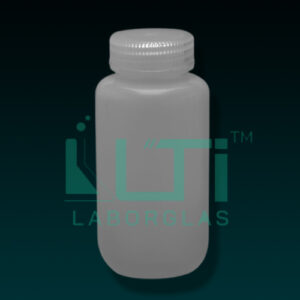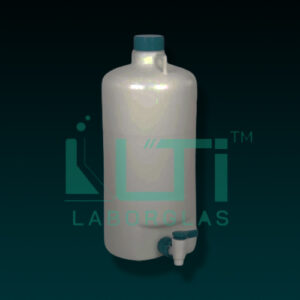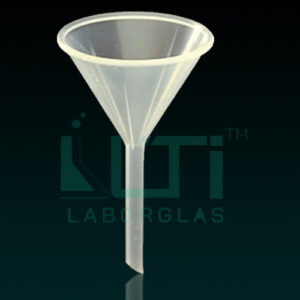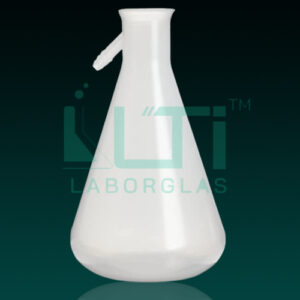- Made from Polypropylene
- The PP bottles are rigid, translucent and have excellent contact clarity
- These bottles can be autoclaved filled as well as empty
- On the other hand, the Polyethylene bottle too have excellent strength and are unbreakable
- The Polypropylene Cap has a built in seal ring to make these bottles leakproof
| PART No. | Capacity (ltr) | PACK Qty. |
| 5250-4 | 4 | 6 |
| 5250-8 | 8 | 12 |
| 5250-15 | 15 | 12 |
| 5250-30 | 30 | 12 |
| 5250-60 | 60 | 12 |
| 5250-125 | 125 | 12 |
| 5250-250 | 250 | 12 |
| 5250-500 | 500 | 12 |
| 5250-1000 | 1000 | 12 |
Here are some common uses and considerations for these bottles:
- Light Protection: The amber color of these bottles helps protect light-sensitive chemicals or reagents from degradation due to exposure to light, especially ultraviolet (UV) light. This is crucial for substances that are sensitive to photodegradation.
- Chemical Compatibility: Polypropylene is a chemically resistant material, making these bottles suitable for a wide range of chemicals. However, it’s always important to check the specific chemical compatibility of polypropylene with the substances you intend to store or transport.
- Narrow Mouth Design: The narrow mouth design is beneficial for controlled pouring and dispensing of liquids. It helps prevent spills and allows for more accurate measurements.
- Leak Resistance: The screw-on caps or lids of these bottles provide a secure seal, minimizing the risk of leaks or evaporation of the contents.
- Storage of Reagents: These bottles are commonly used for storing various laboratory reagents, chemicals, and solutions. The amber color helps preserve the integrity of the stored materials by reducing the impact of light exposure.
- Sample Storage: In addition to reagents, these bottles may be used for storing and transporting liquid samples in laboratory and research applications.
- Quality Control and Standardization: The use of uniform, standardized containers like amber reagent bottles helps maintain consistency and facilitates quality control in laboratory processes.
- Research and Development: These bottles are often employed in research and development laboratories where the integrity of stored substances is crucial for accurate experimentation.
- Pharmaceutical Applications: In pharmaceutical settings, amber reagent bottles may be used for the storage and transport of certain pharmaceutical ingredients or formulations.
- Environmental Testing: In environmental testing laboratories, these bottles may be used for collecting and preserving water or soil samples.





